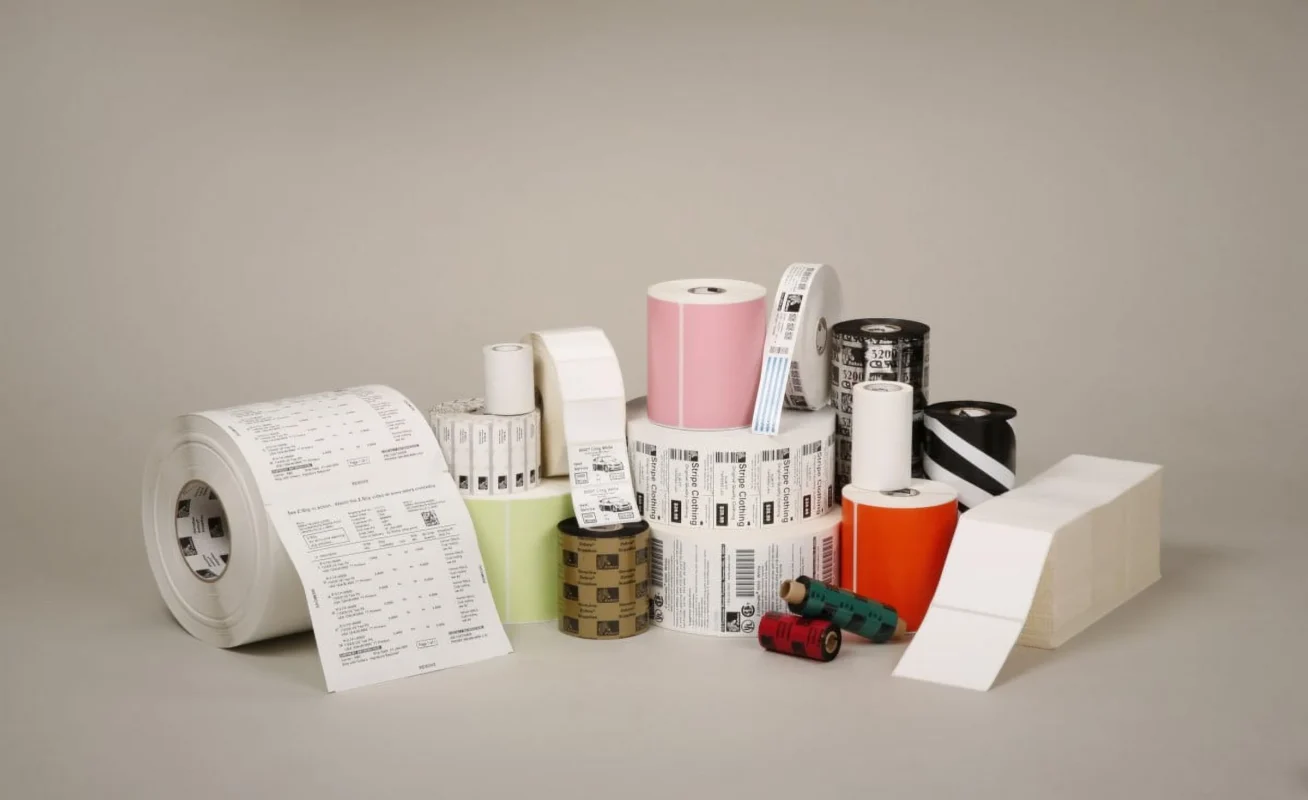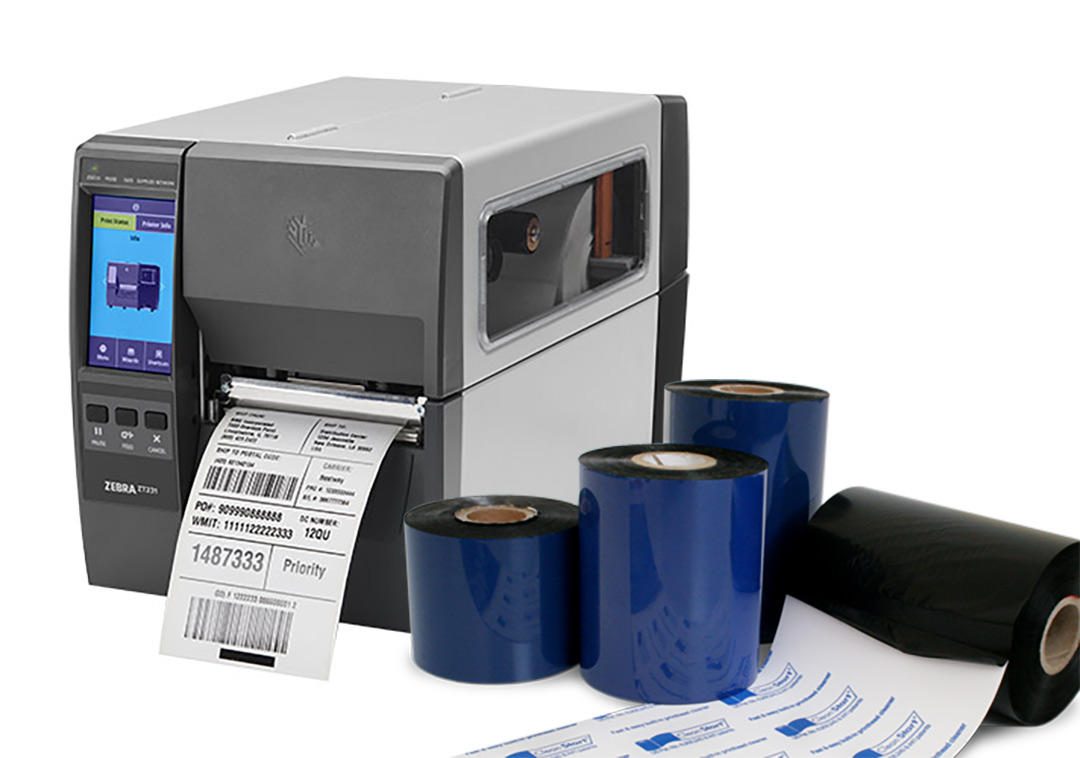製造業
ディストリビューター向け熱転写ラベルの究極ガイド
A pillar of sectors needing premium, long-lasting, robust printed labels is thermal transfer labels. Offering unparalleled dependability and adaptability, these labels are extensively applied in manufacturing, retail, healthcare, and logistics. Knowing the special value thermal transfer labels offer will help distributors and resellers open new business prospects and greatly increase customer satisfaction.
From its advantages and uses to techniques for distributors to optimize sales, this article will cover all facets of thermal transfer labels. This essay is meant to help you thrive in this profitable sector whether your expertise is wanting to be refined or you are fresh to the thermal transfer label business. This tutorial will help you to clearly see how to provide thermal transfer labels as a must-have item for your clients.
The All-Inclusive Handbook on Thermal Transfer Labels
Thermal Transfer Labels Are What?
Thermal transfer labels are those which employ heat to move ink from a ribbon onto the label surface. Applications needing durability and accuracy will find great use for sharp, high-quality images and text created by this printing technique. Thermal transfer labels are made to survive longer and resist demanding surroundings, unlike direct thermal labels which depend on heat-sensitive materials.
These labels can be customized to particular uses since they are suitable with several materials, including paper, polyester, and polypropylene. Thermal transfer labels are a highly sought-after good for distributors that attracts companies in several sectors. Customers looking for dependable labeling solutions find their durability, adaptability, and economy appealing.
Main Advantages of Thermal Transfer Labels for Your Clients
Thermal transfer labels must be properly marketed depending on their advantages, which depend on knowledge and communication. These are the primary benefits that help companies to choose these labels as preferred:
1. Tenacity
Extreme endurance of thermal transfer labels is well-known. By resisting fading, smearing, and abrasion, they guarantee that the printed material stays legible over time. This makes them perfect for uses when labels must resist demanding environments including chemical, moisture, and temperature extremes.
2. Flexibility
Thermal transfer labels are particularly remarkable in their adaptability. Among the several surfaces they can be utilized on—cardboard, plastic, metal, and glass—are They also come in several materials and adhesive forms, which lets companies choose the best fit for their particular demand.
3. Superior Printing
Crispen, clear, and high-resolution output is guaranteed by the heat transfer printing technique. Applications needing exact barcodes, serial numbers, or branding components depend on this degree of quality. Print’s great clarity guarantees industry standards’ compliance and improves reading.
4. Opposition to Difficulties
Thermal transfer labels are meant to function in challenging surroundings. Their resistance to chemicals, UV light, and high temperatures qualifies them for use in laboratories, factories, and outdoors.
5. Economical Relevance
Thermal transfer labels are reasonably priced even if their quality is first-class. Their longevity lessens the need for regular replacements, therefore saving companies long-term money.

Sectors Depending on Thermal Transfer Labels
A flexible option applied in many different sectors are thermal transfer labels. Knowing the particular requirements of these sectors will enable you, as a distributor, focus on the correct audience and increase the scope of your market.
1. Logistics and Shipping
Thermal transfer labels are absolutely essential in logistics and shipping for pallet labels, warehouse management tags, and shipment labels. Their robustness guarantees that important data stays whole across the supply chain—even in demanding environments.
2. Retail
Thermal transfer labels are used in retail companies for promotional stickers, price tags, and product labels. The high-quality print improves the whole presentation of goods, therefore promoting professionalism and polished appearance.
3. Medicine
Thermal transfer labels are fundamental in the healthcare sector for medical equipment labeling, specimen tracking, and patient identification. Strict durability and legibility requirements for these labels guarantee patient safety and regulatory compliance.
4. Manufacturing
Thermal transfer labels find uses in production for safety warnings, inventory control, and equipment tracking. Their perfect fit for this industry is their capacity to resist demanding industrial surroundings.
5. Food and Liquids
The food and beverage sector frequently labels packaged items, expiration dates, and nutritional information using thermal transfer labels. Their resistance to moisture and temperature swings guarantees their integrity all through the lifetime of the product.
Advice for Distributors Optimizing Sales
Distributors that want to be successful in the thermal transfer label business must implement sensible plans. These pointers will enable you to maximize sales and create enduring bonds with your customers:
1. Know Your Consumers’ Needs
Unique labeling needs arise from different sectors. Spend some time learning about the particular requirements of your clients and then provide customized solutions to meet their problems.
2. Present a Range of Possibilities
Stow a large variety of heat transfer labels in several sizes, materials, and sticky forms. This guarantees that you can present yourself as a one-stop solution and satisfy the several needs of your customers.
3. Inform Your Customers
Many companies might not know about the advantages of thermal transfer labels or their relative merits to alternative labeling solutions. Give your clients educational tools including case studies and pamphlets so they may make wise judgments.
4. Apply Digital Marketing
Reach possible consumers with content geared for SEO, email marketing, and social media. Emphasize in your marketing efforts the advantages and uses of thermal transfer labels to draw in fresh business.
5. Work with Dependable Suppliers
See reliable vendors to guarantee a consistent supply of premium thermal transfer labels. Developing trust with your customers depends on consistent availability and quality of products.
6. Offer First-Rate Client Service
Give your clients quick and competent assistance. To foster enduring partnerships, answer their questions, offer technical support, and guarantee on-time delivery of goods.
Typical Difficulties and Their Solutions
Entering the market for thermal transfer labels can have difficulties of own. Here’s a guide on properly handling them:
- Emphasizing the quality and value-added services you offer—such as technical help and customized solutions—you will stand out from others in price competition.
- Invest in training tools and marketing materials to assist your customers in appreciating thermal transfer labels.
- Work closely with suppliers to keep ideal stock levels and prevent order fulfilment delays.
In Summary
A flexible and highly sought-after good with great chances for distributors are thermal transfer labels. Understanding the advantages, uses, and selling techniques for these labels will help you present yourself as a reliable supplier on the market.
Thermal transfer labels will enable you to draw in fresh business, keep current ones, and expand your company. Start investigating this lucrative sector right now and advance your distribution company.
FAQs
1. What Are the Primary Distinctions Between Direct and Thermal Transfer Labels?
Printing thermal transfer labels using a ribbon produces strong, long-lasting prints. Conversely, direct thermal labels are more likely to fade and damage but do not utilize a ribbon.
2. Two Sectors Most Gain from Thermal Transfer Labels
Thermal transfer labels’ durability and adaptability help businesses in logistics, manufacturing, retail, and healthcare especially.
3. How May Distributors Draw Additional Thermal Transfer Label Customers?
Offering a variety of label alternatives, first-rate customer service, and teaching clients on the advantages of thermal transfer labels can help distributors draw in more business.
4. Thermal Transfer Labels Employ What Materials?
Available in many materials, including paper, polyester, and polypropylene, each fit for different uses are thermal transfer labels.
5. Are Environmental Friendly Thermal Transfer Labels?
Many thermal transfer labels are produced from recyclable materials; some vendors provide environmentally friendly choices. Distributors might investigate these choices to satisfy the rising market for environmentally friendly goods.
This enlarged book offers distributors and resellers hoping to succeed in this lucrative sector insightful information on thermal transfer labels, therefore giving a complete picture.

